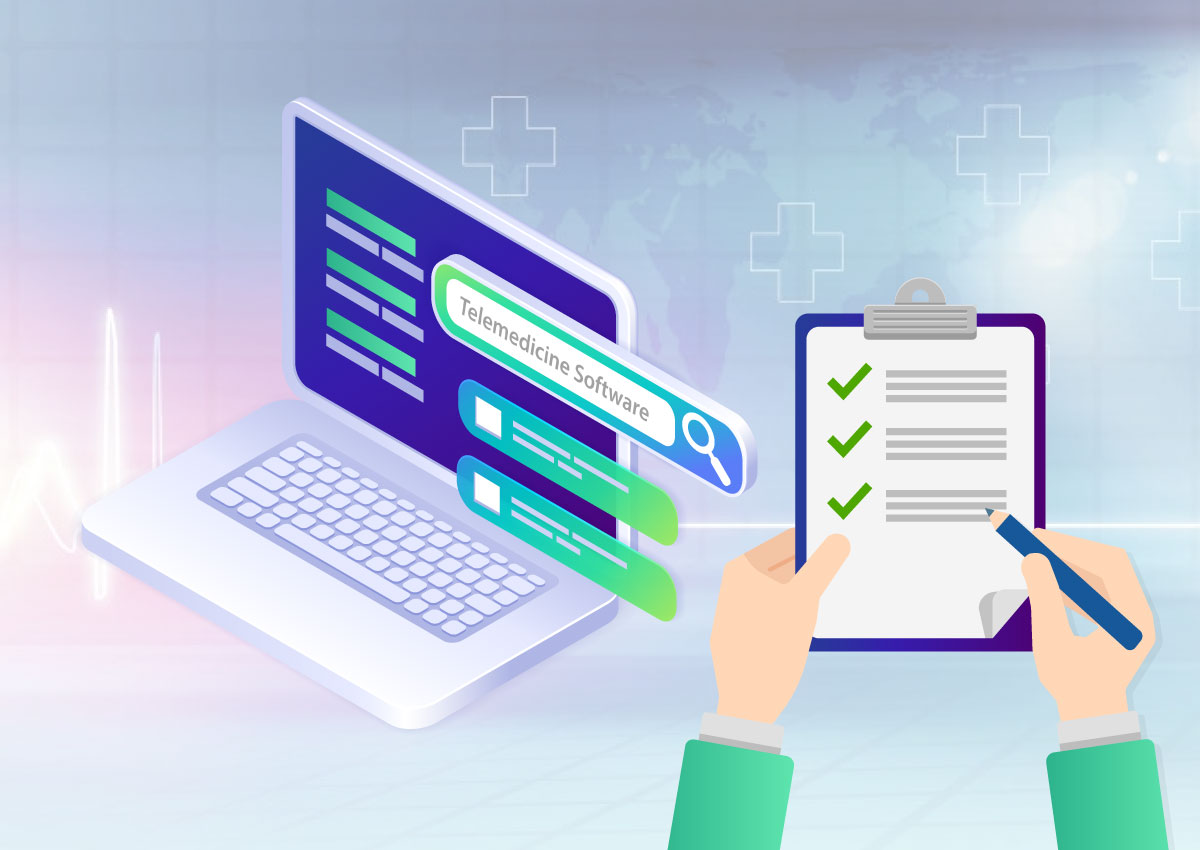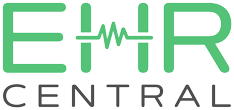Choosing the Best Telemedicine Software – Know Your Checklist
The best healthcare platform should be a complete suite for healthcare practice rather than standalone telemedicine software or EHR/EMR. Besides, it should be easily configurable, user friendly, HIPAA compliant, platform-independent, scalable and inexpensive at the same time.

Whether switching from your previous healthcare practice management system or getting one for the first time, it is always challenging to come up with the right choice that enables you to meet your goals without breaking your budget. There is a variety of ways for one to define the best telemedicine software.
Here is a checklist that we have compiled to assist you with choosing the right healthcare software.
- Complete Suite for Healthcare Practice
- Quick and Easy to Setup
- User-friendly Interface
It is unwise to think of getting a telemedicine platform and other software systems for healthcare practices separately.
Imagine a healthcare platform that ensures seamless virtual doctor visits but does not include modules for medical billing, provider management, credentialing, and enrollment. Your medical practice would be a total mess with tons of manual work to do for absence of syncing between the isolated systems.
The top telemedicine platform should be a comprehensive suite of healthcare software systems. Each individual module should be in sync with the other allowing data to update in every system in real-time.
Many users wish to avoid the struggle of deploying and configuring a telemedicine or healthcare solution on their systems for lack of technical knowledge.
The best telemedicine software should be the one that eliminates the inconvenience and allows the patients and doctors to get started as easily as downloading a smartphone app from app stores.
The provider should not force the user to make updates that are perceived troublesome for a layman. A cloud-based EHR software with integrated telemedicine module is the right choice so that provider performs the updates on its end and does not bother users to do so.
The transition to a telemedicine software system will serve little or no purpose if your end-users, be it the patients or the doctors working alongside you, are unable to effectively use the software.
This problem of user experience occurs when the software providers focus more on adding a wide range of features and less on the efficient working of each feature.
Telemedicine, though a remarkable and revolutionary development in the healthcare industry, still keeps patients uncertain about its effectiveness. This challenge stems from the fact that the software providers, while assuming users to be as tech-savvy as themselves, make the system extremely complicated disabling end-users to make the most out of it.
A telemedicine software system should be oriented toward facilitating users instead of leaving them in a mess that they choose not to return for their next virtual visit out of frustration and avoid complication.
Also Read: Telemedicine and Remote Doctor Visit – the Way Forward
How EHRCentral enhances your healthcare practice?
- HIPAA-Compliant Telemedicine Software
- Platform-Independent
- Cost-effective
- Scalable for Future Updates
- Allows integrations
All the cosmetic enhancements in a software system and absence of an appropriate cybersecurity framework places you at an immensely high risk of data breach, corruption, or a compromise on transparency.
HIPAA emphasizes the most on enhancing security to ensure confidentiality, integrity, and availability of data. The legislation around cybersecurity is growing as we witness more organizations suffering from intrusions from hackers.
The best telemedicine software should be secure to prevent the data of patients and providers falling to modification, removal or stealing. Besides, it should also be transparent. In essence, it should not force users to share unnecessary details and disallows any user to make use of the data for unfair practices.
You cannot force your potential users to use the system from a desktop, a mobile phone, or a tablet to seek healthcare services. Instead, the choice should be with them whether to use a laptop or a handheld device.
The top telemedicine software system should be available to use via a mobile phone and a tablet as well as over a desktop/laptop. Moreover, the data should be in sync on each app.
Users are able to access their profiles, get records, and perform payments regardless of the device used.
A software that requires all the payment made to the vendor at the time of delivery carries a significantly high risk because you never know if it would function as good as you the salesperson made you perceive about it.
The best telemedicine software should provide you with a choice to get it either on a small amount for monthly subscription or to pay all at once. You may begin with the monthly payment plan and purchase it once you are comfortable enough using it.
Moreover, the top providers always give an option to use monthly paid software free of cost for a limited time to allow you to experience it and decide if it is a good fit or not.
In this day and age when the cycle of innovation is remarkably small, software systems continue to evolve with advanced technologies and features. A system with poor scalability and lacking flexibility causes trouble to enhance and evolve once there is a better functionality available in the market.
The underlying code of a software platform should be factored in a way that allows comfortable scalability in future.
Third-party integrations are very common in healthcare. Your patients may need to perform a test at a lab, get prescribed medicines from pharmacies or communicate from a different platform. It would cause inconvenience for them to visit a different website or download a different app to schedule a test or get the results.
A good telemedicine platform should be integrated with all the top third-party service providers that a patient may need apart from your services. Besides, it should be flexible enough to allow future integrations too.
Get the highest value for money
What if I told you that there is a healthcare platform that checks each of these essential factors? EHRCentral makes your healthcare practice incredibly easy, and all the while stretches every limit to facilitate your patients.
You can experience all the modules and features of the platform free of charge for two weeks. Sign up for a demo today and see for yourself.





